The Power of Analytics
Unleashing the Potential of Learning Management Systems with Data-Driven Insights

Introduction
In today’s fast-paced business environment, organizations invest significant resources in training and development initiatives to enhance the knowledge and skills of their workforce. However, a common challenge faced by many is “scrap learning,” where employees struggle to retain and apply the knowledge gained from training programs effectively. To tackle this issue head-on, organizations are turning to learning analytics as a powerful tool to uncover valuable insights from their Learning Management Systems (LMS). By harnessing data-driven insights, organizations can optimize their training efforts, improve learner engagement, and achieve tangible learning outcomes.
What does Analytics do in the Learning Management System?
1. Learner Engagement Analysis- Learning analytics provides a wealth of information to gauge learner engagement levels within training programs. By visualizing data and generating reports on metrics such as course completion rates, time spent on courses, and participation in discussions or assessments, instructors can identify patterns and make informed adjustments to their instructional strategies. This targeted approach fosters better learner engagement and ensures that training content remains relevant, impactful, and aligned with learners’ needs.
2. Learning Progress Tracking- With learning analytics, organizations can track individual learners’ progress through visualizations and reports. Instructors can monitor completion rates, assessment scores, and learning milestones to gain insights into learners’ overall progress. Armed with this information, instructors can identify struggling learners and provide personalized interventions or additional support to ensure that everyone achieves their learning objectives. This personalized approach enhances the effectiveness of training initiatives and maximizes the potential of each learner.
3. Course Optimization- Learning analytics goes beyond tracking learner progress; it also empowers instructional designers and content developers to refine and optimize training courses. By analyzing data on learners’ interactions within the LMS, organizations can identify areas that require improvement or modification. Visualizations and reports on learner feedback, performance, and preferences guide designers in enhancing course content, structure, or delivery methods. This data-driven approach ensures that training materials are continuously fine-tuned to meet learners’ needs, leading to improved learning outcomes.
4. Predictive Analytics- One of the most powerful aspects of learning analytics is its ability to leverage predictive models to forecast learner performance and behavior. By analyzing past data, learning analytics can identify patterns and predict future outcomes such as learner performance, drop-out risks, or areas where additional support may be required. Armed with these predictive insights, instructors can provide proactive interventions and create personalized learning paths for individual learners. This proactive approach optimizes the learning experience, boosts learner confidence, and increases the likelihood of successful knowledge application.
5. Organizational Insights- Learning analytics not only benefits individual learners but also provides invaluable insights at an organizational level. Through data visualization and reporting, LMS administrators and learning leaders can assess the usage patterns of the LMS, identify popular courses or modules, evaluate the effectiveness of learning initiatives, and make data-informed decisions to improve organizational learning strategies. These insights enable organizations to allocate resources effectively, focus on high-impact training areas, and continuously enhance their overall learning culture.
How will it help in avoiding scrap learning and improve knowledge retention?
1. Relevant Training Content- Learning analytics provides insights into learner engagement levels, such as time spent on courses and participation in discussions. By analyzing this data, organizations can identify which training content resonates most with learners. This information allows them to refine and update the content to ensure its relevance and alignment with learners’ needs, thereby increasing the likelihood of knowledge retention and application.
2. Learning Design Optimization- Through learning analytics, organizations can track learners’ progress and performance. By identifying patterns and trends, instructional designers can assess the effectiveness of the learning design and make data-driven modifications. This optimization process ensures that the learning experience is engaging, interactive, and tailored to the specific needs of the learners, resulting in better knowledge retention and application.
3. Reinforcement and Personalized Interventions- Learning analytics enables instructors to identify struggling learners by monitoring completion rates and assessment scores. With this information, instructors can provide personalized interventions and additional support to individuals who are facing challenges. By addressing specific learning gaps and offering targeted reinforcement, organizations can improve learners’ understanding and increase the likelihood of applying acquired knowledge effectively.
4. Learning Transfer Barriers- Learning analytics provides insights into learners’ behaviors and interactions within the LMS. By analyzing this data, organizations can identify potential barriers to learning transfer, such as lack of engagement, difficulty in navigating the learning materials, or inadequate support resources. Armed with this information, organizations can make necessary adjustments to remove or mitigate these barriers, thus facilitating the transfer of knowledge and skills from training to the workplace.
5. Evaluation and Accountability- Learning analytics enables organizations to evaluate the effectiveness of training initiatives by analyzing learner performance data and feedback. By assessing the impact of training on job performance and business outcomes, organizations can hold both learners and instructors accountable for their respective roles in the learning process. This evaluation process fosters a culture of continuous improvement, where training initiatives are constantly refined to ensure maximum knowledge retention and application.
Choosing Edvanta: A win over scrap learning
Edvanta Technologies offers a comprehensive solution for organizations seeking to harness the power of learning analytics and optimize their training programs. With advanced analytics capabilities, customizable and flexible LMS platforms, seamless data integration, and personalized learning features, Edvanta empowers organizations to make data-informed decisions and drive continuous improvement. Their collaborative and engagement tools, along with a powerful recommendation engine and micro content delivery, ensure learners are engaged, motivated, and able to access relevant information efficiently. With Edvanta Technologies, organizations can overcome the limitations of traditional learning and embrace a data-driven approach to maximize knowledge retention and success.
Conclusion
In conclusion, learning analytics has the potential to revolutionize the effectiveness of Learning Management Systems (LMS) and address the issue of scrap learning. By harnessing data-driven insights, organizations can optimize training efforts, improve learner engagement, and enhance knowledge retention and application. Learning analytics enables instructors to gauge learner engagement levels, track individual progress, optimize course content and design, and even predict learner behavior and performance. With these powerful insights, organizations can provide personalized interventions, remove learning transfer barriers, and evaluate the impact of training initiatives. Choosing a reliable LMS provider like Edvanta Technologies, with advanced analytics capabilities, customizable solutions, seamless data integration, and ongoing support, can significantly enhance the power of learning analytics and drive continuous improvement in training programs. With a focus on personalization, collaboration, and adaptive learning, organizations can unleash the full potential of their workforce and achieve tangible learning outcomes.
Our Latest Blog
Embrace Data-Driven Learning with Edvanta Technologies
Contact us today and let our experts guide you towards competency-driven success with Edvanta’s Totara-powered Learning Management System.




